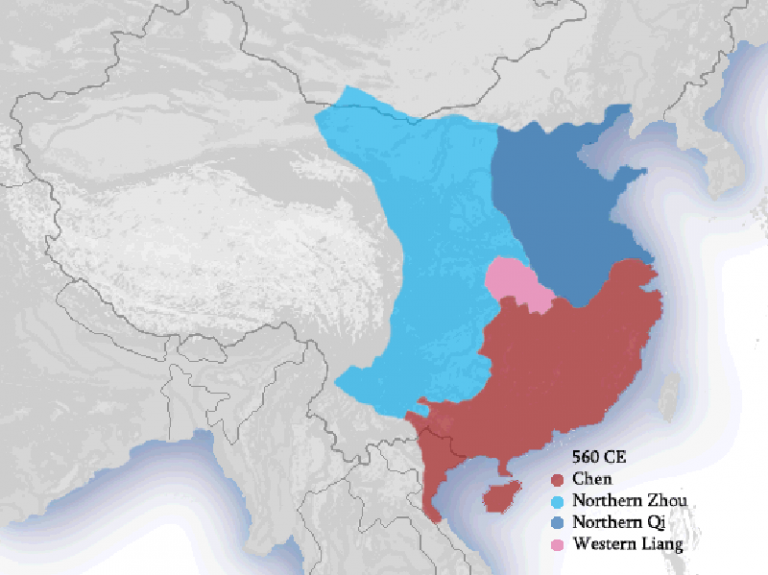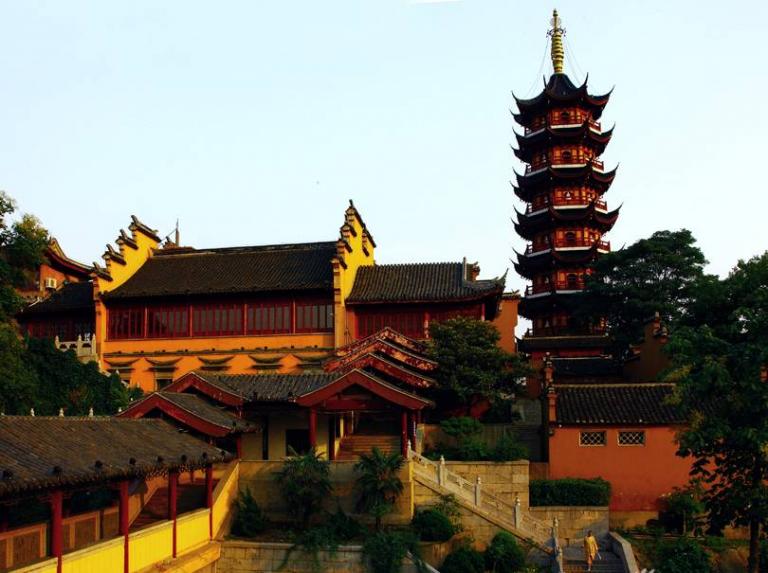Northern and Southern Dynasties of China
3 min readAfter the Eastern Jin Dynasty,there concurred many rivaling regimes over the country.China was torn apart into the confronting north and south.It was the time that saw the high-est frequency of the ups and downs of the different dynasties.
In the south,there were four consecutive dynasties,the Song,the Qi,the Liang and the Chen,with 160 years.Since all the southern regimes established their capital in present Nanjing City,they got ageneral term the Southern Dynasties.During this time,hereditary big families underwent their downfall after long-time social prominence ever since the Western Jin Dynasty.Although they still held the noble status,they could no longer meddle in the state affairs.Meanwhile the normal scholars enjoyed the most favorable opportunity and were trusted with importantassignments by the ruling class.The emperors retrieved the real power over the country.

In the North,the territory was divided among the barbarian invaders and sixteen small kingdoms were formed,which fought each other in constant wars.At the end of thechaotic period of the Sixteen States,a nomadic tribe,Xianbei,which was little civilized,gradually became powerful.In 386,the chief of the Xianbei set up their regime of the Beiwei ,the Northern Wei.In 439,the Beiwei Empire unified the region north of the Yellow River and settled the capital in present Datong,Shanxi Province,marking the beginning of the Northern Dynasties.In 471,the Emperor Xiaowen(孝文)of the Wei relocated his capital in Luoyang and vigorously promoted the learning of the Han culture.He ordered his men to dress up like the Han people,speak their language and adopt the surname of Han’s.He also encouraged the intermarriage between the Xianbei people and the Han and employed many Han officials in the court.
Moreover,in economy,Emperor Xiaowen promulgated a decree to implement the land equalization system.All this con-tributed to the development of the society and the amalgamation of the Chinese nationalities.
However,the reform encountered strong objection from the conservative force among the Xianbei aristocrats.After the Emperor Xiaowen died,his reform was revoked,which intensified the conflicts inside the ruling class between the Xianbei and the Han aristocrats.Before long,the Wei Empire was broken up into the Dongwei,the Eastern Wei and the Xiwei,the Western Wei,which later were supplanted respectively by the Beiqi,the Northern Qi(550-557)and the Beizhou,the Northern Zhou(557-581).Historically,the Northern Dynasties referred to the regimes of the Beiwei,the Dongwei,the Xiwei,the Beiqi and the Beizhou.

Although the confrontation during this time held back the development of the social productivity,the amalgamation of different ethnic groups reached its unprecedented stage.Andthanks to the southern regimes,though short-lived,otherwise Chinese civilization would be vandalized if the whole country were under the control of the ethnic groups.
In 577 AD,Beizhou conquered Beiqi.In 581 AD,a distant relative of the Beizhou royal family seized the state power and established the Sui Dynasty(581-618AD),commencing another short period of unification of the country.








